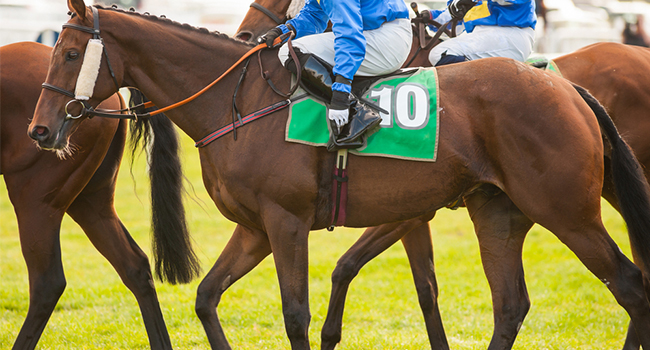
Breeder's Cup Aims for Cocoon of Safety
- By Sydny Shepard
- Oct 30, 2015
Extra steps are being taken this year in preparation for the Breeder’s Cup to ensure horses are as safe as they can be in the days leading up to the race. After the three fatal breakdowns during the fall racing meet, officials are doing everything they can to keep the competitors on hand for the world championships healthy and ready to race.
Breeder’s Cup officials and Keeneland, a racecourse and thoroughbred horse racing facility, decided to close the barns, which normally remain open to the public, and the road leading up to them to avoid any suspicious activity from those not authorized to be near the horses. They have also commissioned a full inspection of the racetrack surface by an industry expert to ensure the safety of the dirt track. The review found that the track met all of the pre-meet test criteria.
In addition to facility security, the officials will be making the horses health a top priority. Each horse will be examined before each race and should they need emergency vet care, the Breeder’s Cup and the Kentucky Horse Racing Commission have two state-of-the-art equine ambulances and the Hagyard Medical Institute Equine Injury Response Unit on site.
Before the competitors even get to the track, they are engulfed in a cocoon of safety. They are instructed to be at the track 72 hours prior to their racing day. High-definition cameras, which their trainers may access, have been installed in each stall. Overseas horses have separate barns so they can stay in quarantine.
Many of the horses will have their blood drawn well before the race to test for blood doping agents that can affect performance for weeks after injection. A select number of will be tested again 24 hours before the race to ensure that no horse is tampered with after the initial check. Horses in the race may only have the anti-bleeder medication furosemide – commonly known as Lasix or Salix – in their systems. It may only be administered by a racing commission licensed vet.
After all the of the Breeder’s Cup racing is over, the first four finishers and other starters selected at random will be tested once more for more than 100 performance-enhancing substances under the “super-testing” guidelines established by the Thoroughbred Owners and Breeders Association as part of enhanced security measures.
“It's a really unique situation for Breeders' Cup," Dora Delgado, Breeders' Cup senior vice president for racing and nominations, said. "We're using this as almost our perfect model for vet inspections, for security. This will be a really unique opportunity to showcase what security and vet inspections could work like.”
About the Author
Sydny Shepard is the Executive Editor of Campus Security & Life Safety.